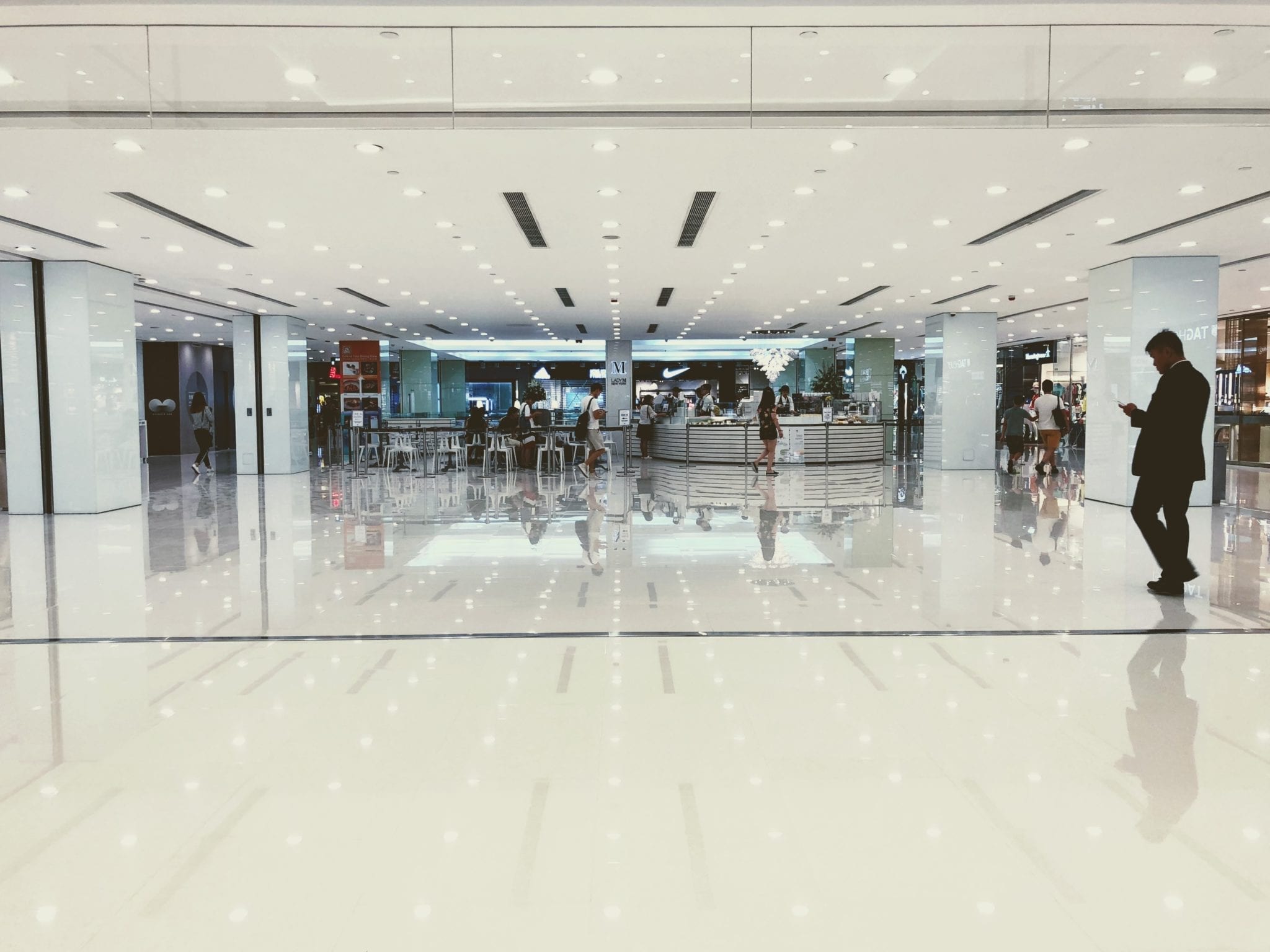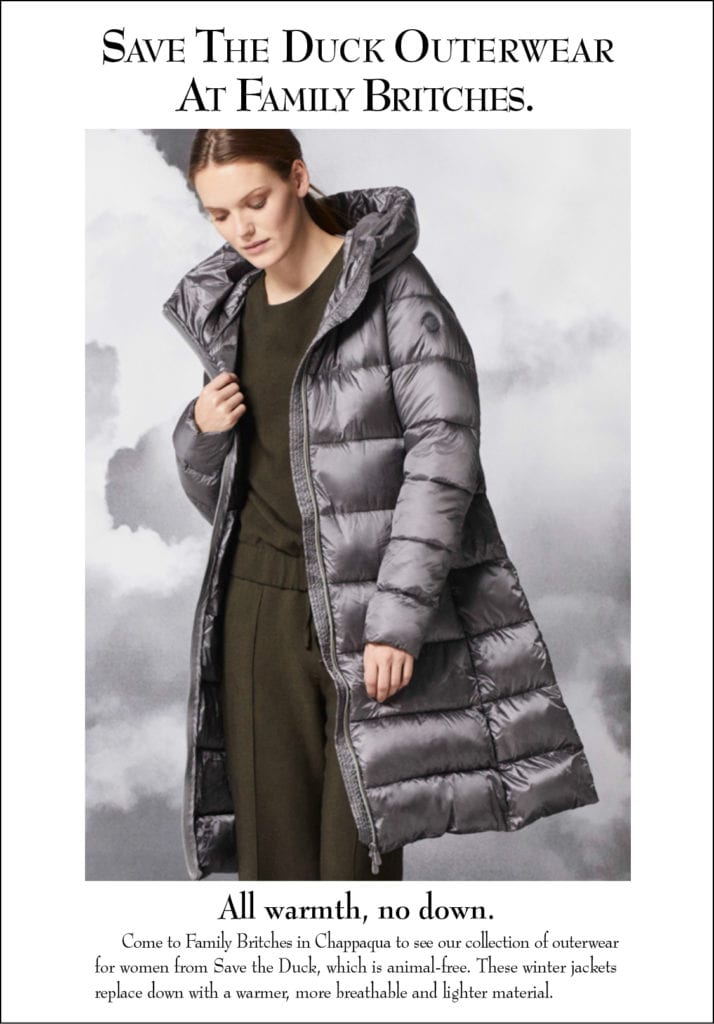
How do you shop for your clothing today?
We’re in a time where technological advances have given us options. Fifty years ago, you couldn’t instantly go to a website and order your clothing, although you could peruse a catalog and place a mail order.
Today, you might expect that technology has taken over and that perhaps people prefer to purchase their fashion online, but surveys tell us that is not true.
What has changed? What has remained the same?
How shopping has changed
If you are of a certain age, then you probably have memories as a youngster of shopping in specialty stores that were usually locally owned in your town or village. You bought meat from a butcher, bread from a baker and fruit from a green grocer. You visited a small clothing store or tailor for your clothing needs and they were able to arrange alterations for any off-the-rack purchases.
This was normal everywhere, although in smaller towns, it may have been their only option. Larger cities might have had department stores (such as Macy’s in New York, or Harrods in London), which sold a range of products across different departments. Department stores have been around since the late 1800s, but through that early period, they were always locally-owned and independent. Compare that to today, a department store may be made up of multiple different stores, but it’s common for them to be owned by the same parent company.
In terms of shopping for clothing, stores like Macy’s offered quality clothing, quite distinct from today’s “fast fashion” that appears in department stores. In fact, vintage favorites from those days sometimes show up and are popular among thrift shoppers or clothing exchanges today – they were usually made to last! People who lived some distance from the department store could order via a catalog, and mail order was a popular choice for those who needed it.
Supermarkets started opening up and swallowing up the small, local traders from the middle of the Twentieth Century. The very first one opened in 1930 in Queens, New York City. After that, supermarkets gradually became popular. This was linked to the fact that people had cars and refrigerators, meaning they could buy more at once and store it for longer than before. This removed the need for daily shopping at local providers which people commonly did before.
In 1956, the South-dale Center in Edina, Minnesota opened up, becoming America’s first climate-controlled indoor shopping mall. In the 1980s, mega-malls started to open up, housing all manner of stores and activities. Department store brands like Macy’s were often the anchor store of the mall. It became a cultural norm to meet friends or family at the mall for a day of shopping and activities.
In terms of shopping for clothing, malls house a variety of options, but tend to lean toward the “fast fashion” brands – where clothing is made quickly and cheaply, then sold for a fashion season. One criticism of this (besides the poor-quality and environmental impacts of waste) is that all of the brands started to look the same. They were sourcing from overseas factories that were following similar patterns and using similar fabrics. It is a “quantity over quality” model.
Online shopping was introduced with the early days of brands such as Amazon and eBay in the mid-1990s. Shopping for fashion online has grown more and more popular over the last two decades, while bricks and mortar stores have seen their patronage drop off. Some stores have gone out of business, often blaming being unable to keep up with online prices as a reason for closing.
Many malls have shut-down over the last two decades too, although there is an argument to be made that they’re not “dead”, but simply need to evolve with consumer preferences. Shoppers are looking for amenities, experiences and entertainment that enhance their shopping experience.
Today’s clothing shoppers are looking for enhanced experiences Share on XWhat has changed?
A consistent theme that you will see is people lament the disappearance of the more “personal touch” that came with smaller, mom and pop businesses. These local owners took pride in their stores and knew everything there was to know about their products. They tended to get to know their customers, developing a relationship and offering a personal level of service.
The chain stores found in malls or shopping centers tend to be large and impersonal by comparison. The better-managed stores make an effort to ensure that staff are well-trained and know the merchandise, but many don’t and would struggle to give the same level of personal service.
As for online shopping, this can be a real mixed-bag in terms of the level of quality or service you will receive. Sometimes when you buy online you find that the clothing that arrives on your doorstep really doesn’t look how you expected it would. Perhaps it doesn’t fit well or the quality is subpar.
On the other hand, online retailers and the large chain stores have buying power. They make bulk orders and negotiate better prices. This has meant that clothing and other goods are relatively cheaper now than ever before. However, “you get what you pay for” still applies. Cheap clothing is always going to be made cheaply, with shortcuts in terms of materials, construction and even the labor that makes it.
Where are we heading?
You might expect that online shopping will be taking over, but that’s simply not true. In fact, survey data has found that Generation Z and Millenials are not necessarily opting for the online option:
HRC Retail Advisory recently compared the shopping habits of 1,350 millennial shoppers (ages 18 to 41) and the aforementioned Generation Z (ages 10 to 20). Notable findings included that while the older crowd had shifted toward online shopping, relying less on physical retailers, the younger generation was swinging the opposite way, actually preferring to shop at brick-and-mortar establishments.
Why is this? Perhaps trends with shopping malls can offer one explanation – people are looking for the experiences that can only come with a bricks and mortar shopping experience. For example, the interaction with knowledgeable people and the entertainment or other experiences they can have along the way. It’s not that technology is eschewed either – “bricks and mortar 2.0” is described as integrating technological advances with the in-store experience.
The proof is in the data – just 27% of apparel purchases are made online. Shopping the web may offer instant options, but it lacks other conveniences, such as being able to touch the clothing, examine the quality and try it on for fit. It also tends to lack the genuine personal touch and expertise that you can get from going to a small business – like your tailor.
Shopping for men’s fashion with a tailor is synonymous with quality and being well-dressed. There is no substitute for one-on-one service and clothing that has been sewn to fit your own body well and to last. As people become more conscious about where their clothing comes from and how they might dress well and reduce waste, the tailor remains an obvious choice to meet these requirements.
Final thoughts
They often say that fashion comes in cycles, so it seems does our preference for how we shop. Over 50 years, we’ve gone from mom and pop, to mall or department store, to online shopping.
More recently, especially as people have expressed the desire to be socially and environmentally conscious, they are looking back to small local stores. The shopping malls are having to “evolve or die” so to speak, accommodating a preference for the experiential.
Throughout all of this, some things have never changed. One of those is that you can’t beat the personal service from a professional tailor when you shop for men’s clothing. It’s about quality, after all.



